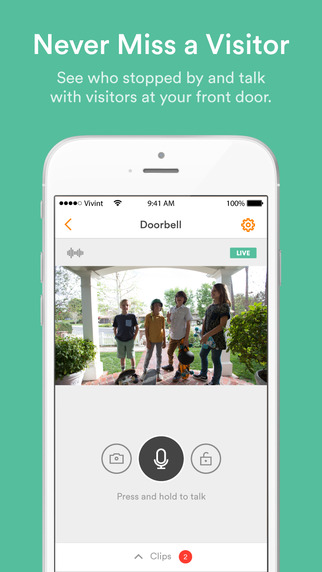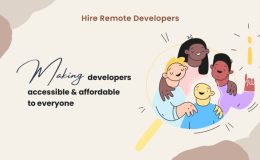I’m Oliver Wolff, one of the developers working on Qt Simulator. We would like to give you a quick overview about what’s new in Qt Simulator’s 1.2 release.
There were certain areas which needed improvement either requested by users or driven by us seeing that things could be easier or more intuitive. For the 1.2 release there are 3 main parts we wanted to improve.
As we added more and more categories to the configuration widget we became more and more aware of the fact that a major ui overhaul had to be done. We tried several approaches and finally found a way to have a flexible, space saving approach to organize all the settings. It is now possible to enable and disable categories so that everyone can just see the settings they need. Additionally we removed the artificial distinction between the “Simulate”, “Application” and “View” area so that the categories are all on one level and the configuration widget behaves more like you would expect it from a toolbox.
Another often requested feature is the ability to simulate multiple touch point interaction with the application. First we enabled forwarding touch events from the host to the applications running in Qt Simulator. But as Multi-touch screens are not widespread yet there was the need to add another possibility to trigger multiple touch point actions in Qt Simulator. Therefore you can now change Qt Simulator’s “mouse input mode”. By default it behaves just like mouse input but you can change to “pinch”, “pan” and “swipe” mode to simulate these gestures. Additionally you can use Qt Simulator’s script engine to add more complex gestures. These gestures can be triggered when Qt Simulator is in “custom gesture” mode and they can be relative to the display or mouse position (by using input.mouseX/Y in your script).
The third new feature is the possibility to add your own category to Qt Simulator’s control widget. In order to do so, you either have to create a custom options item or a widget if it is supposed to cover the whole width of the control widget. Communication between client and your plugin can be done with the help of the support library which can be installed as optional component for the Qt SDK.
You can check out the results of these actions by downloading the latest Qt SDK package which is blogged about here
Besides the given main areas there was of course the day to day bug fighting work to be done. If there is anything else you would like to see in the Simulator just drop a comment or file a bugreport/suggestion on bugreports.qt.nokia.com
Source Qt Labs Developer Blogs


















